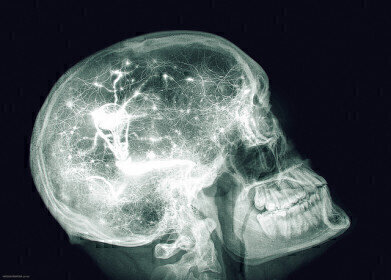News
What Are the Uses of X-Rays?
Jan 14 2016
Discovered in 1901, x-rays have revolutionised the world of modern medicine. In fact, German physicist Wilhelm Conrad Röntgen was even awarded a Nobel prize for his discovery of the electromagnetic radiation. Just like gamma rays, x-rays can’t be seen, felt or heard. Instead, they effortlessly pass through skin, bone and metal to produce images that the human eye would never be able to see. Here are some of their most common uses:
Broken bones
Today, x-rays are an integral part of contemporary hospitals and medical centres. This is their most common application, with doctor’s using machines to take photographs of a patient’s body. Photographic film is placed behind the body, with the x-ray then turned on. The rays easily pass through the skin, but take a little longer to travel through the bone. This is why bones appear much lighter in colour. Using the results, doctors can develop effective treatment plans.
Radiation therapy
X-rays play an important role in the fight against cancer, with high energy radiation used to kill cancer cells and shrink tumours. Patients undergo treatment outside the body (known as external-beam radiation therapy) or from radioactive material that’s inserted into the body in close proximity to cancer cells. This is called internal radiation therapy, or brachytherapy. Radiation therapy can be dangerous, yet it’s still received by around 50% of cancer patients during the course of their treatment.
Airport security
Almost every airport on the planet is now fitted with some form of x-ray security system that scans baggage to check for dangerous items. In the past few years full body x-ray scans have also emerged as an additional security measure.
Revealing counterfeit art
Perhaps one of the lesser known uses, x-rays are also used by art historians to detect whether or not a picture has been painted over an existing piece.
For more information on how x-rays are used, ‘The Advantages of the Celvin® S Western Blot Chemiluminescence System Compared with Film-Based Detection and the Related Cost Savings Associated with Long Term Usage’ explores the field of chemiluminescence. In the past x-ray films were the primary method of detection, however they’ve since been replaced by more advanced methods such as CCD cameras. The article highlights the high running costs associated with chemiluminescence, and the benefits of investing in Celvin® S by biostep® as a solution. Featuring a cooled CCD camera, small bench footprint and low price tag, it’s an innovative step forward for the chemiluminescence sphere.
Image via Flickr Creative Commons. Photo credits: Hersson Piratoba
Digital Edition
Lab Asia Dec 2025
December 2025
Chromatography Articles- Cutting-edge sample preparation tools help laboratories to stay ahead of the curveMass Spectrometry & Spectroscopy Articles- Unlocking the complexity of metabolomics: Pushi...
View all digital editions
Events
Jan 21 2026 Tokyo, Japan
Jan 28 2026 Tokyo, Japan
Jan 29 2026 New Delhi, India
Feb 07 2026 Boston, MA, USA
Asia Pharma Expo/Asia Lab Expo
Feb 12 2026 Dhaka, Bangladesh



















